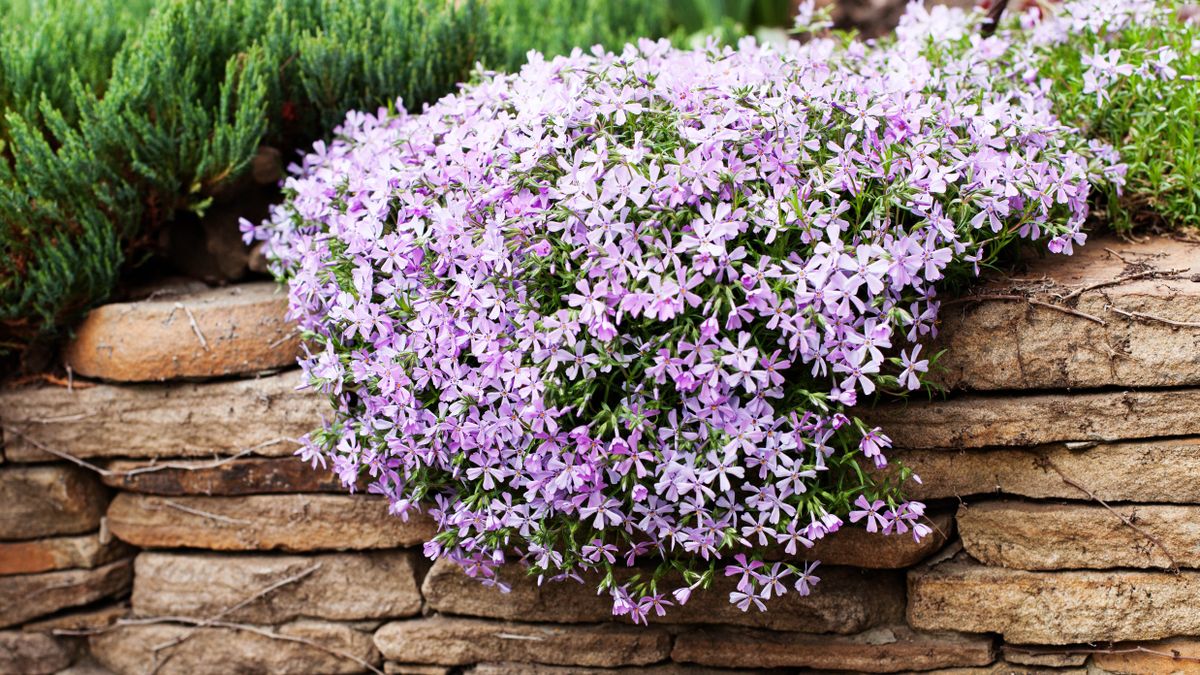
Weeds can be a problem for any gardener all summer long. They pop up everywhere and all the time, whether it’s between patio tiles or in the middle of your lawn. Wherever they sprout, weeds will eat up the valuable nutrients in your soil and the sunlight from above, so nearby plants are at risk of suffocating. If one takes root in your flower bed, it can do a lot of damage if not dealt with quickly.
You can control such weeds by tackling them individually, for example by learning how to get rid of crabgrass or how to get rid of dandelions. There is also 7 ways to kill weeds naturally if you are not a fan of chemicals. You can also be more selective in what you grow and choose plants that will turn over all types of weeds. That’s right, some plants can even help prevent weed growth – we’ve listed 7 of them here.
1. Creeping phlox
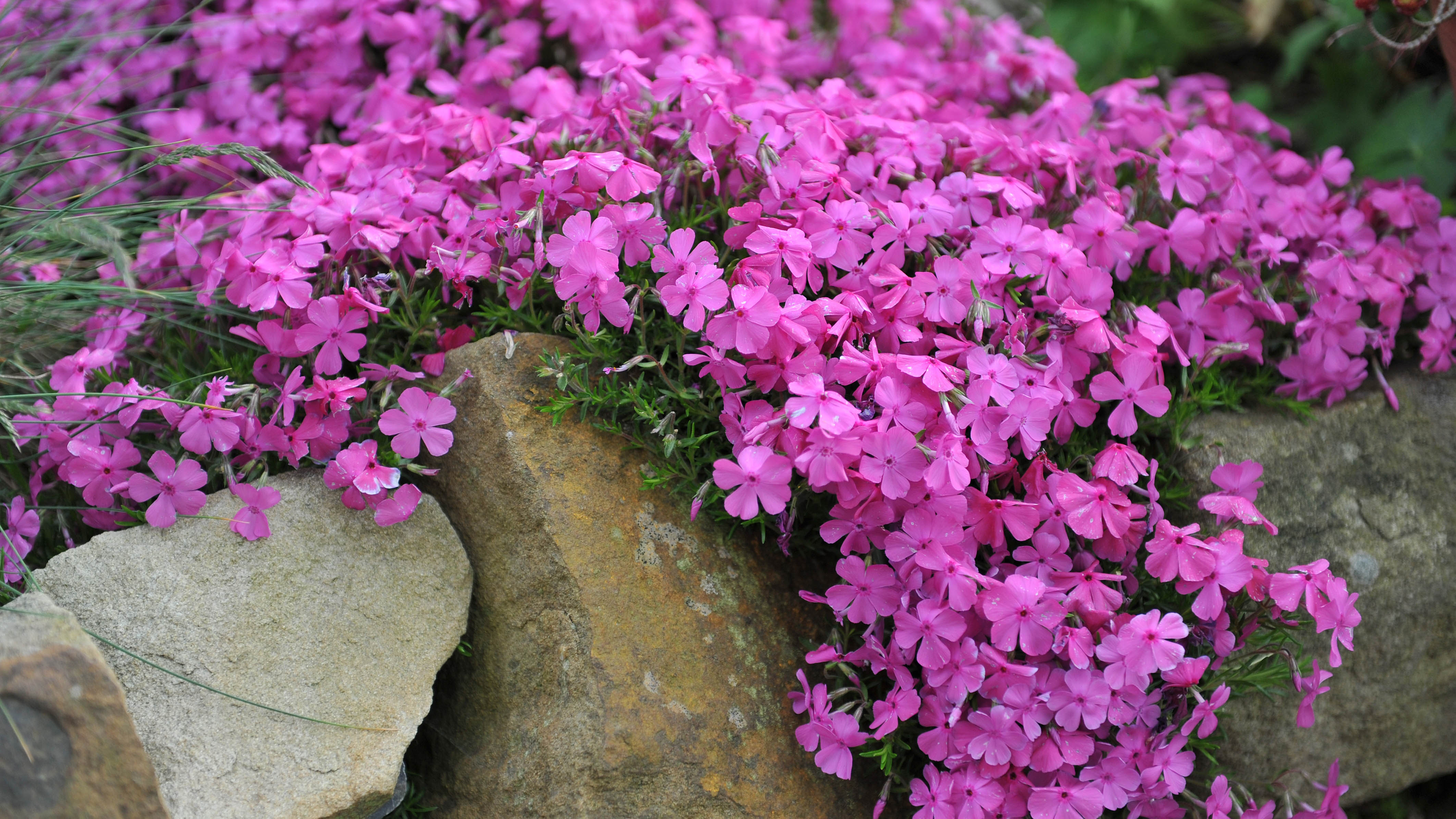
The first plant on our list is creeping phlox. This popular ground cover has an abundance of purple, pink or white flower heads when in bloom. It grows low and spreads to cover open areas, but it can also survive on rock formations, such as between crevices in walls.
It is effective at deterring weeds because of the dense area of coverage it provides. The thickness of this plant prevents weed seeds from reaching the soil surface as they spread to the wind. Even if a seed surfaces, there will not be enough sunlight to grow effectively.
Creeping Phlox grows well in full sun or partial shade. Its hardy nature makes it suitable for USDA zones 3-9 and requires only an inch of water per week all summer long. However, it is quite drought tolerant, so don’t worry if you are occasionally overdue.
2. Woodruff

Woodruff is another ground cover, spreading outward to cover a large area. Its appearance is both bushy and pretty, with sporadic small white flower heads and leaves blooming in star-like clusters. It can grow up to 12 inches tall and spread 18 inches wide per plant, and because it spreads via runners, it can quickly cover a large space.
As a ground cover, weed seeds cannot penetrate woodruff to reach the soil surface. While it is still growing and not yet fully established, you may want to put down some mulch to preemptively protect the surface. An organic mulch can also help retain moisture in the soil and introduce nutrients as it deteriorates — so it’s a win-win situation.
Woodruff is best grown in USDA zones 4-8 and prefers partial to full shade with moist soil conditions. Care for this plant is minimal – it is quite self-sufficient and only needs water in times of drought. Be aware, however, that it spreads so successfully that it can become invasive; regular maintenance is needed to shape and keep it in check.
3. Mint
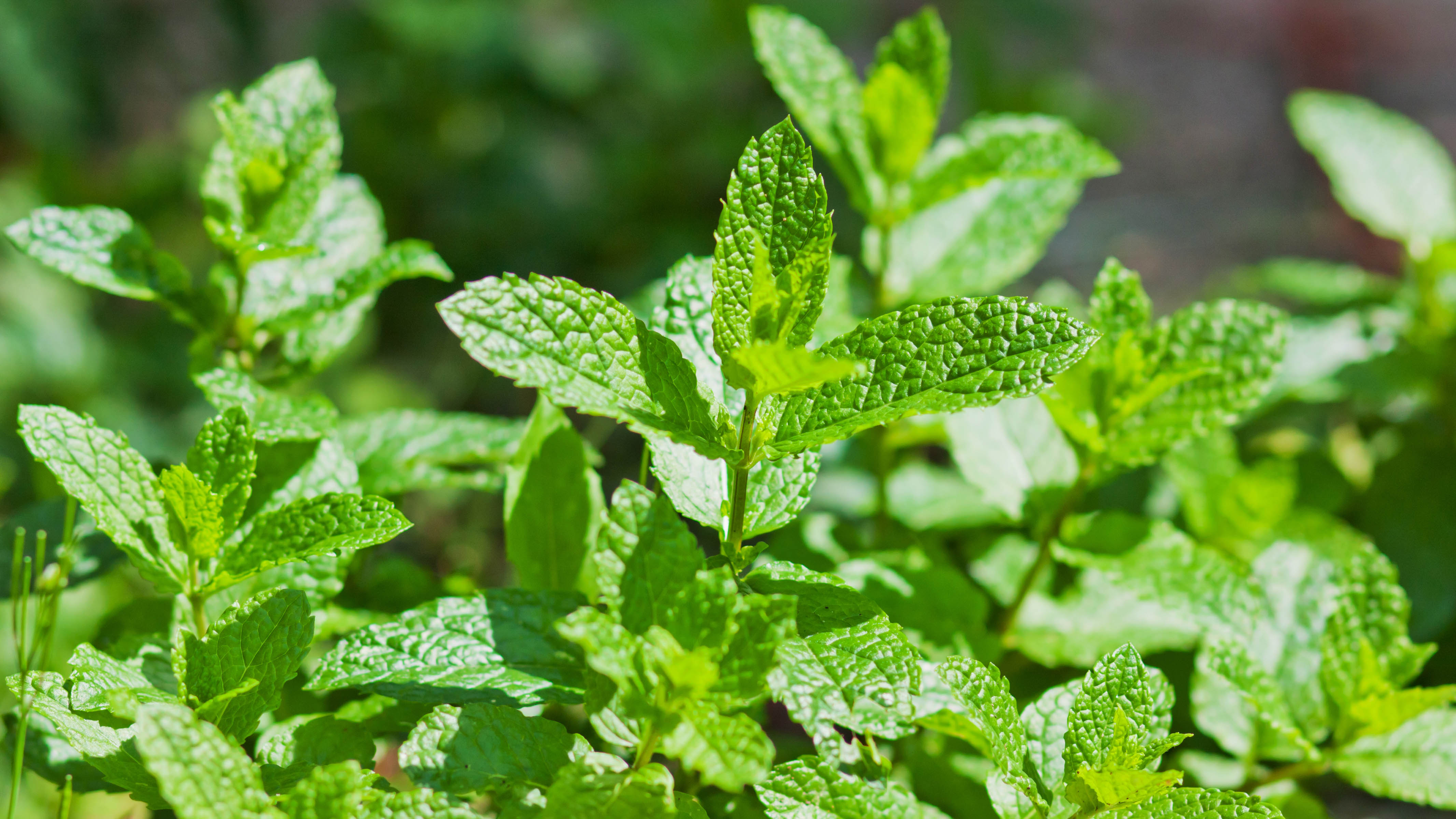
Mint is a handy herb to have around the house. The leaves can be harvested to flavor all sorts of dishes in the kitchen, and the scent is known to repel a range of pests, including wasps, fruit flies and cockroaches. Add to that, mint can also be used in the garden.
As a fast-growing plant that produces a dense formation of thick leaves, mint can easily form an effective cover layer in open ground. It can reach 3 feet tall, meaning it effectively blocks sunlight even if weeds are able to invade the soil surface and reach some height. Mint is also very invasive when it competes for space and nutrients, making incoming cannabis seeds more difficult to grow.
Mint is not a fussy plant to grow. It thrives in both full sun and partial shade in zones 3-8 and just needs regular access to water — once or twice a week for guidance. Be warned, though: some will find mint as annoying as weeds themselves, because it grows so quickly and can choke out other plants it encounters. For that reason, we usually recommend planting it in containers only.
But if you have some of the best secateurs, and you’re happy to keep the growth under control, mint is arguably better to keep in your garden than regular weeds. You can always use a bottomless container to control the roots. Simply cut the base from an existing container and plant your mint in the ground. Here are ours top 7 tips when growing mint.
4. Sea lavender
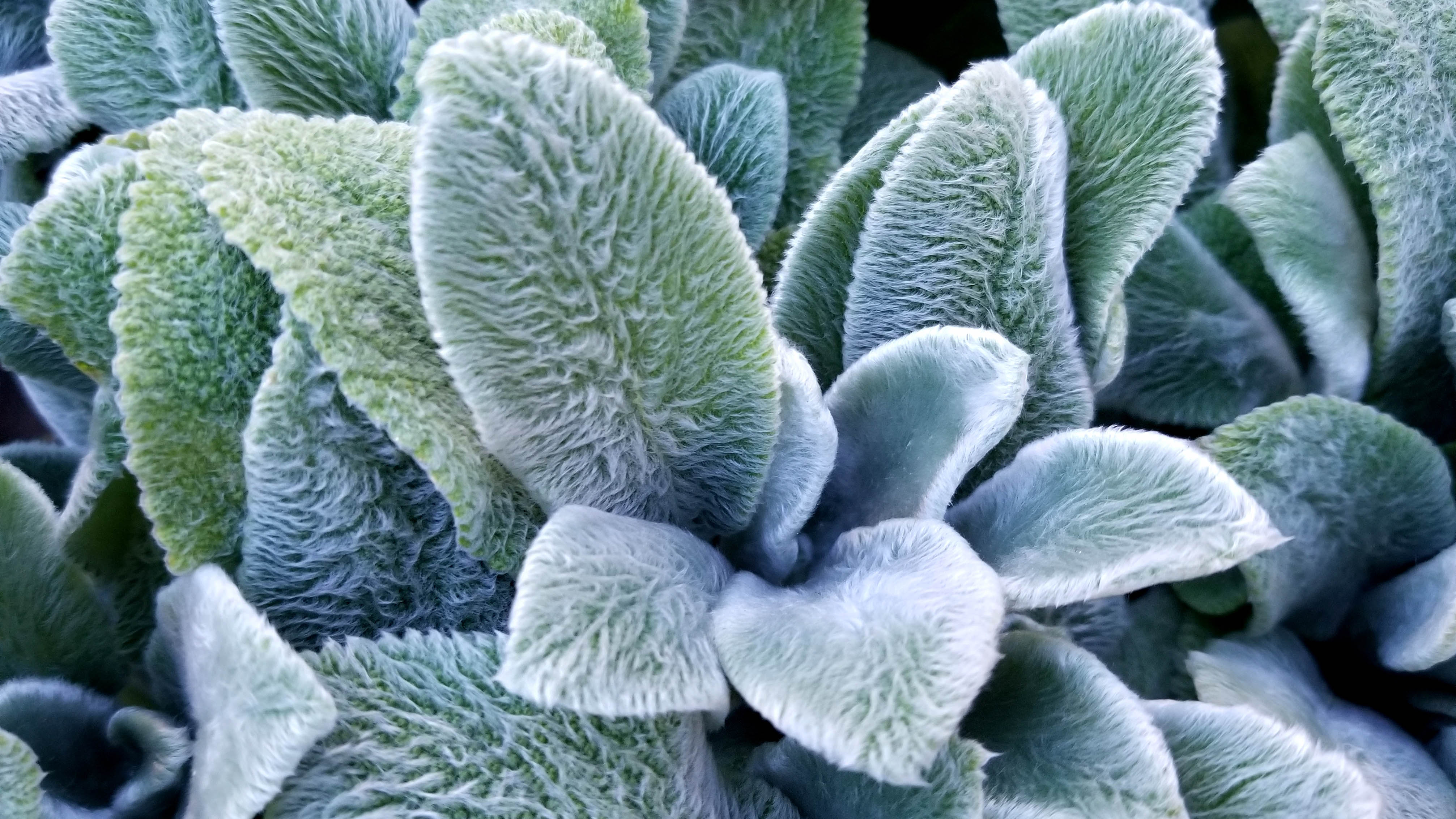
Sea lavender looks as cute as it sounds, with fuzzy, limp leaves that feel almost silky thanks to the fine hairs. These leaves have a silver, frosted appearance and bunch up to create a thick bushy appeal. It is another low growing groundcover that is actually part of the mint family – which explains why it is so quick and easy to grow, reaching a height of 30cm.
Cannabis seeds will not be able to compete with sea lavender. The thick leaves block most of the sunlight where it grows. Although, you should also be careful with it around your own plants, as like mint it can quickly become invasive, especially in warmer climates, and about any shade it encounters.
Sea lavender grows best in USDA zones 4-8, likes full sun or partial shade. It is also quite drought tolerant and will survive dry conditions, so avoid over watering. Only about an inch of water per week is needed. Also, try not to get the leaves wet while watering, as this can promote disease.
5. Host
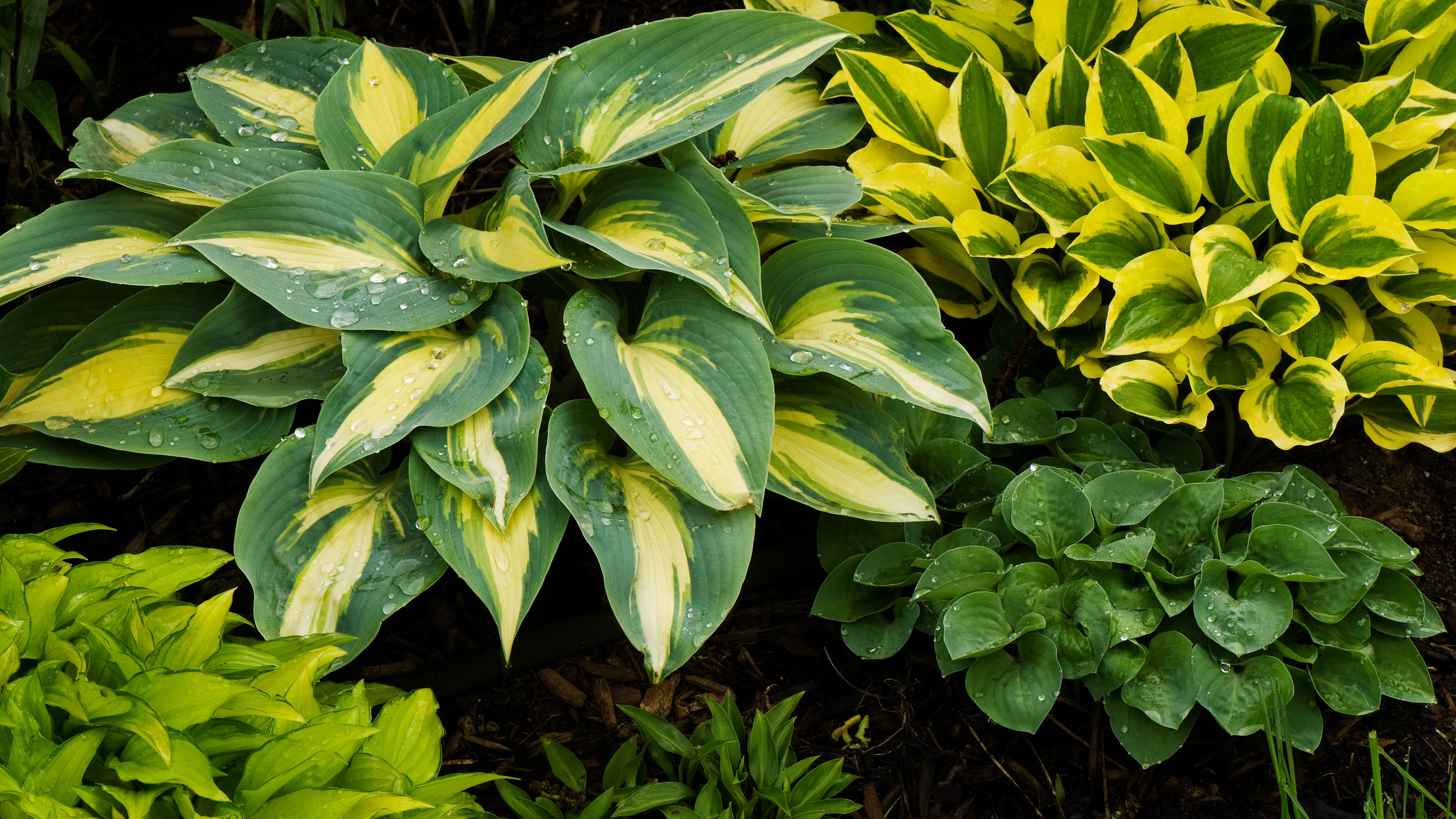
Hosta, or plantain lilies, have thick, profuse leaves, some varieties of which have multiple shades of color, fading to pale in the center. It looks like something you would find in a tropical rainforest, especially when it blooms with erect stems of purple or white flowers. These are known to be particularly fragrant too, attract hummingbirds to your garden.
Hostas come in all shapes and sizes, but they all have one thing in common: they all provide an abundance of shade on the ground thanks to the overlapping, thick leaves. This makes them an effective ground cover and can prevent weed seeds from making their way to the surface or growing if they somehow do.
Hostas grow well in shade (USDA zones 3-8), which is why they are often chosen to cover low-light areas and open ground, such as under trees. These are hardy plants to grow, making them easy to grow. Hostas prefer an inch of water per week — be sure to water deeply to encourage deep root growth.
6. Bugleweed
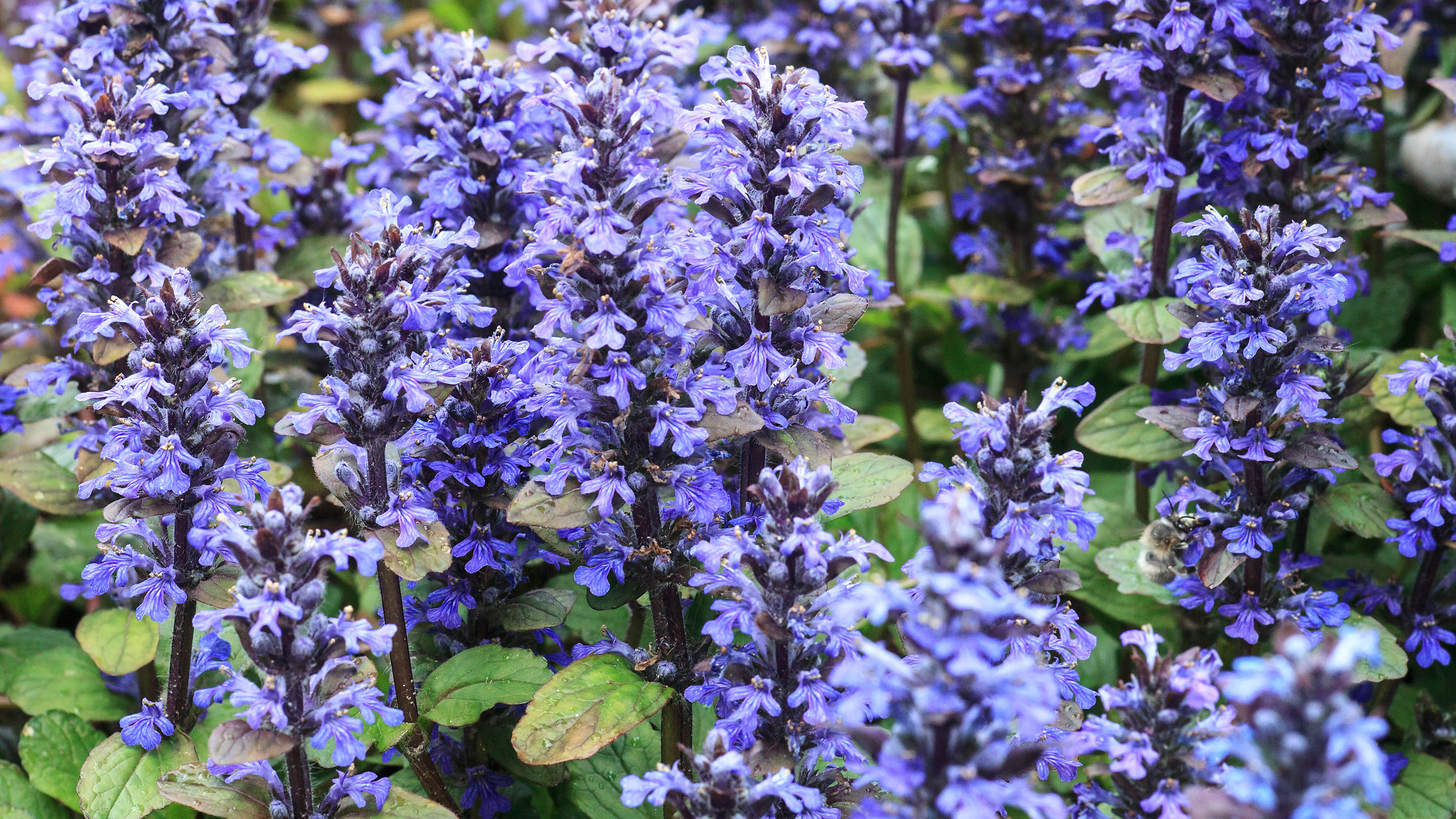
While often thought of as a weed in its own right, bugleweed is nothing like it, especially when it blooms. Bugleweed, also known as ajuga, grows spectacular stems of small trumpet-shaped purple flowers, which can add tremendous color to a garden. In addition, it can bloom again from spring to autumn, so there is no shortage.
As another member of the mint family, it is a thick and dense plant that prevents weeds from taking root. However, be very careful when choosing and planting varieties of bugleweed – these plants are considered invasive in some states. They can quickly overgrow and become unruly, killing sod, so they should only be grown in areas where they are easy to maintain and control, with limited access to grass and other plants. Do your research and choose a variety that grows slowly and is less aggressive. And be sure to follow the rules in your area if bugleweed is discouraged.
Given its weedy status, bugleweed needs minimal care to thrive. It thrives in direct sun or partial shade, grows well in zones 4-9 and should survive on rainwater alone, otherwise an inch of water a week in sunny spots should suffice. Remember to remain vigilant when growing bugleweed, cutting off suckers where you don’t want them to grow. Although it requires a lot of maintenance to keep it under control, its fast-growing, dense nature makes it perfect for warding off weeds and filling in areas that are difficult to grow.
7. Hardy plumbago
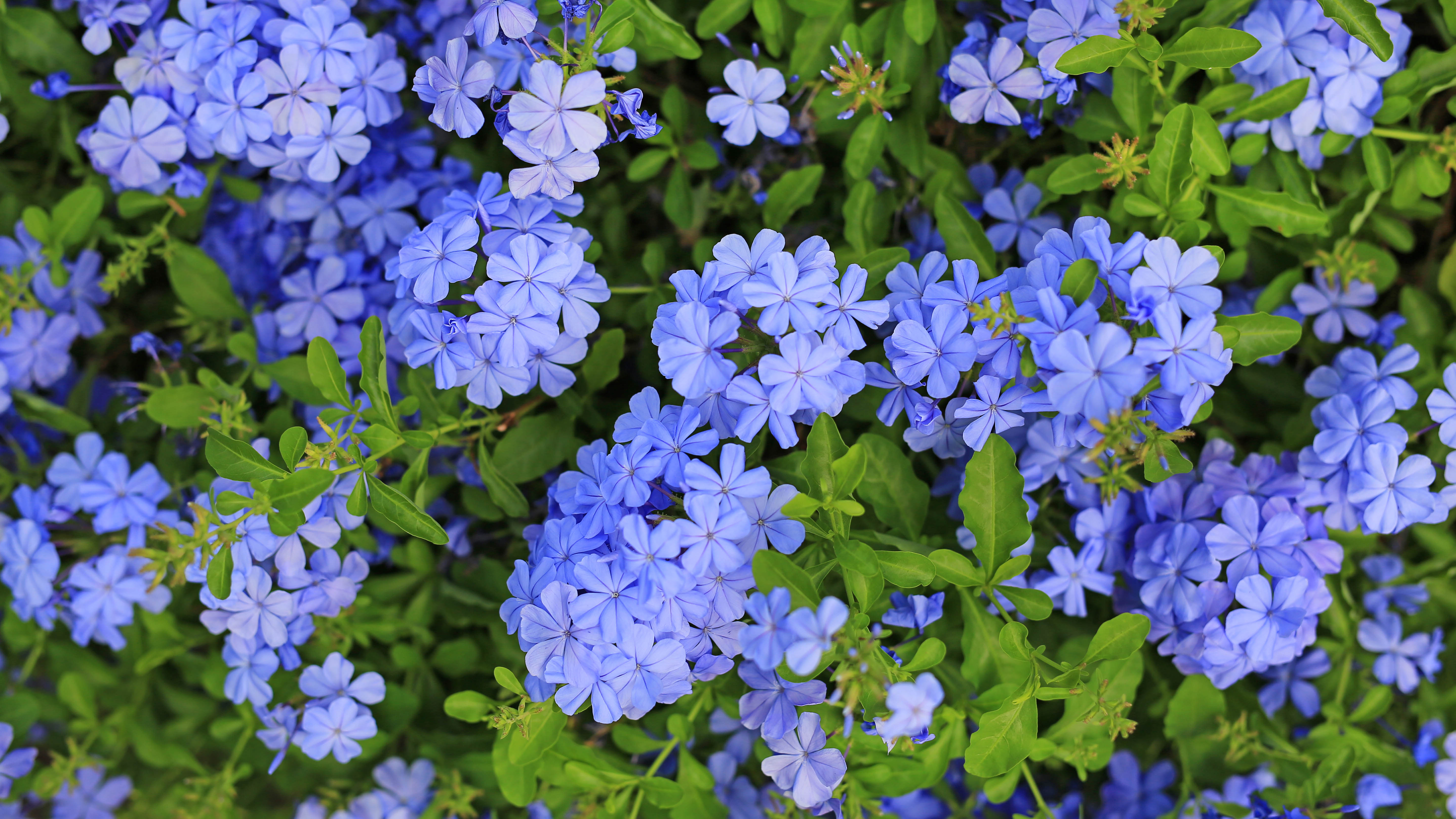
Finally, hardy plumbago deserves a mention on this list. Although the name suggests a tough customer, this popular ground cover has sweet and delicate blue flowers with windmill-like petals. It tends to bloom in late summer to fall, and its green leaves also fade to an attractive maroon color at this time of year. Needless to say, this is a great shrub to keep if you want to bring some color to your garden.
Despite this sweet appeal, its leaves form a thick and dense covering making it effective in preventing weeds, just like all the other plants listed here. It grows tall and wide, reaching 10 feet in diameter when mature. Plumbago spreads via rhizomes, meaning it grows from the ground at a moderate to fast rate, so you’ll need to keep an eye on its development, but it’s not considered invasive.
As the name implies, hardy plumbago is indeed hardy. It will grow well in both full sun and partial shade, suitable for USDA zones 9-11. It is drought tolerant, so only needs water when the soil feels dry, and it is deer resistant which is an added bonus.




.jpg)




0 Comments